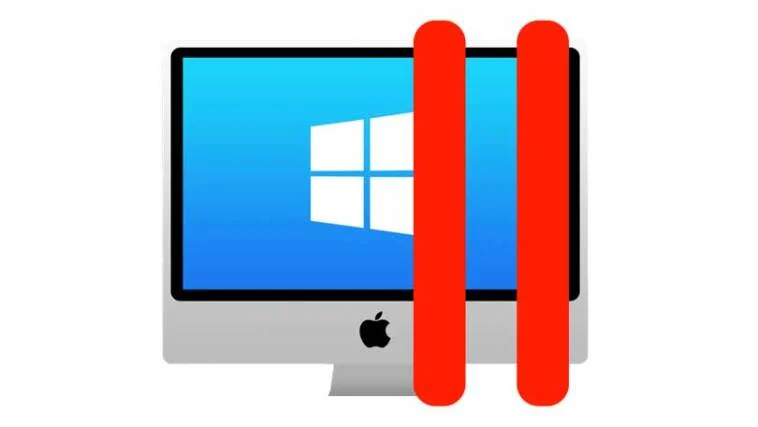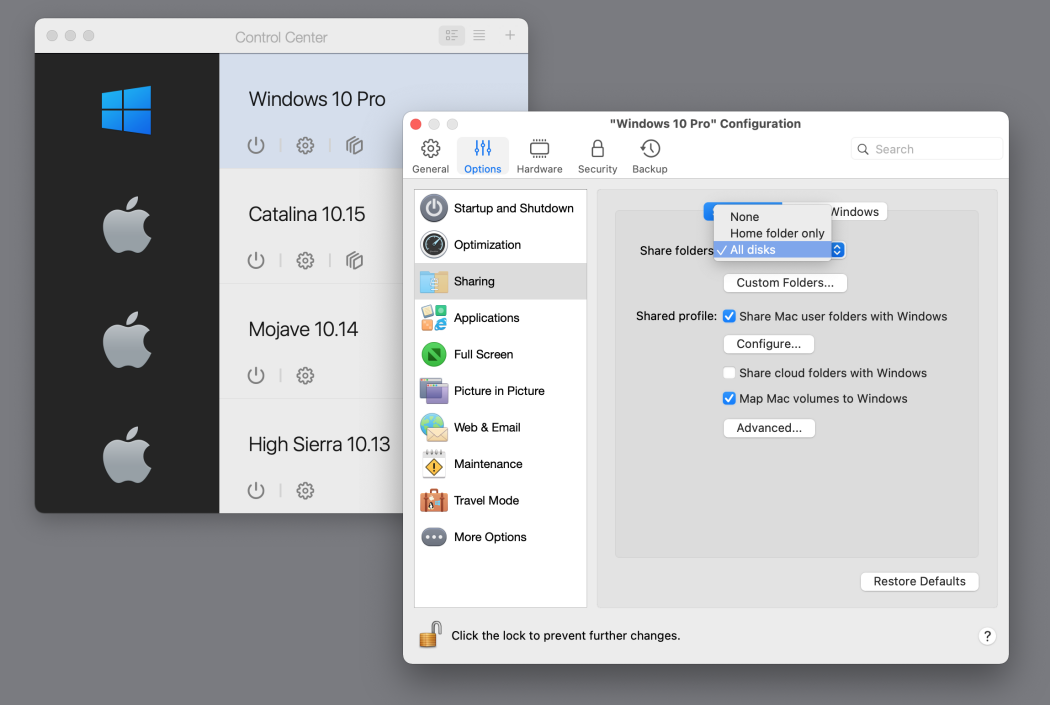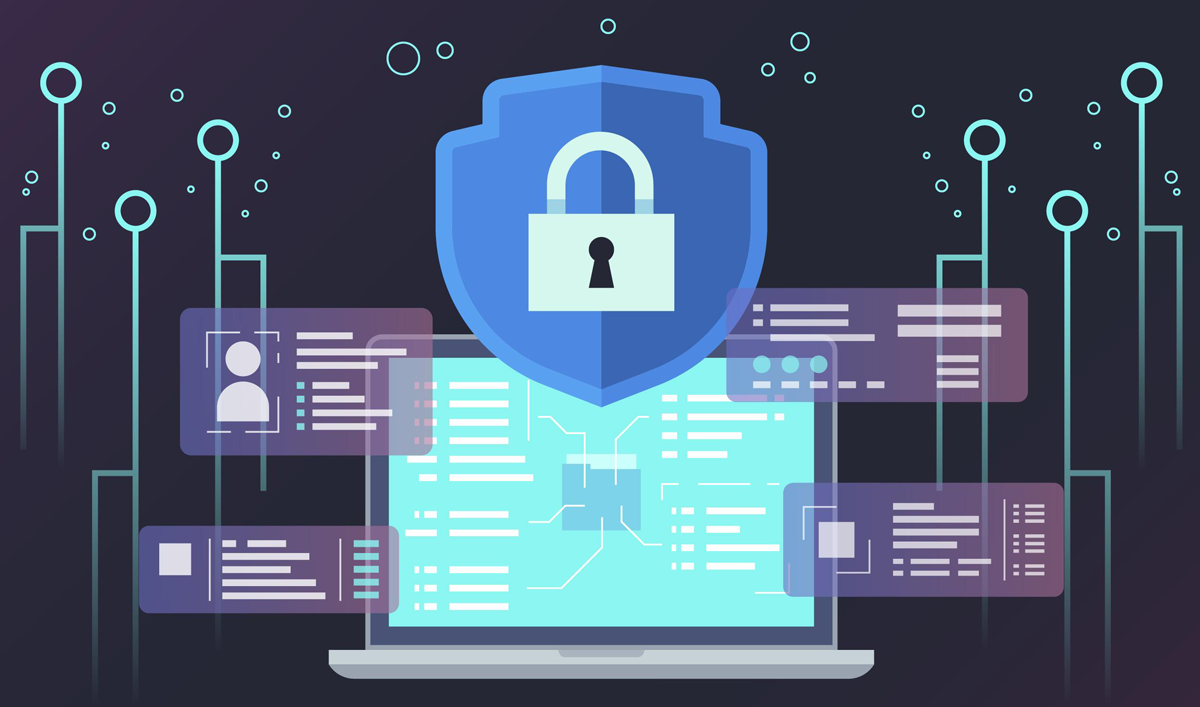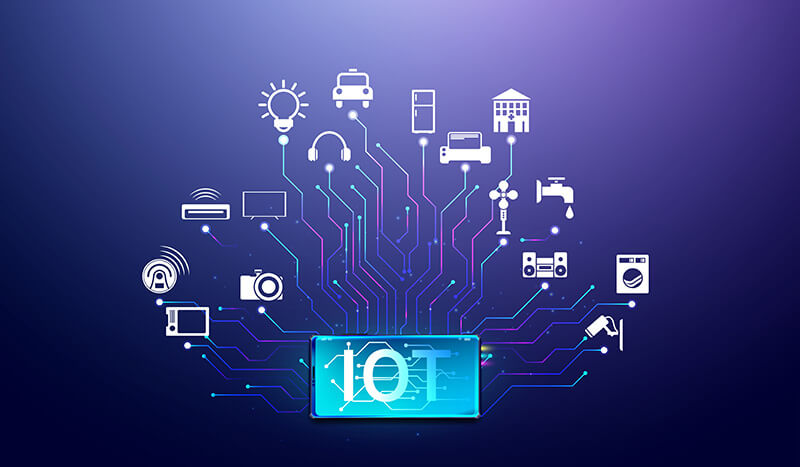Parallels Desktop and Virtualization

1. Introduction to Parallels Desktop and Virtualization
Parallels Desktop is a sophisticated virtualization program that enables the creation of a virtual machine (VM) on Mac computers. This VM acts as a simulated environment, mimicking the hardware of a traditional Windows PC, a process also known as emulation. Users can install the ARM version of Windows on an Apple Silicon Mac, creating a seamless environment for running Windows applications alongside Mac apps.
2. Benefits Over Traditional Boot Camp
Unlike Apple’s Boot Camp, Parallels Desktop offers a more integrated and flexible approach. It allows users to run Mac and Windows applications simultaneously without the need to reboot the Mac to switch operating systems. This is possible thanks to the capability to run the Windows VM in a floating window, full screen, or even as a small preview within the Mac desktop, enhancing multitasking and productivity.
3. System Requirements and Performance Considerations
Running a virtual machine alongside macOS requires significant system resources. Parallels Desktop necessitates a robust Mac with adequate memory and processing power to manage both operating systems efficiently. This dual-system operation can strain system resources, emphasizing the need for a powerful machine to achieve optimal performance.
4. Additional Capabilities and Operating System Support
Beyond Windows, Parallels Desktop can also host other operating systems like Linux, or even different iterations of macOS itself. This feature is particularly valuable for developers needing to test applications or websites across various macOS versions. While Apple Silicon Macs are limited to running VMs with macOS Monterey (12.0) or newer, Intel-based Macs can support versions as far back as macOS Lion (10.7).
5. Software Updates and Enhancements
Parallels Desktop remains a leader in the virtualization market, partially due to its commitment to regular updates. These updates often coincide with Apple’s major macOS releases, ensuring compatibility and performance optimization. The most recent version, Parallels Desktop 19, was launched in August 2023, ahead of macOS Sonoma, with subsequent updates like versions 19.2 and 19.3 continuing to enhance support for Apple’s M-series processors.
6. Conclusion: The Advantages of Using Parallels Desktop
For Mac users looking to integrate the flexibility of multiple operating systems, Parallels Desktop offers a powerful solution. It provides a seamless way to switch between macOS and other OS environments like Windows or Linux, all while maintaining the usability and efficiency of your Mac. With ongoing updates and support, Parallels Desktop proves to be an essential tool for both casual users and developers alike.

Popular Articles


Top Comments